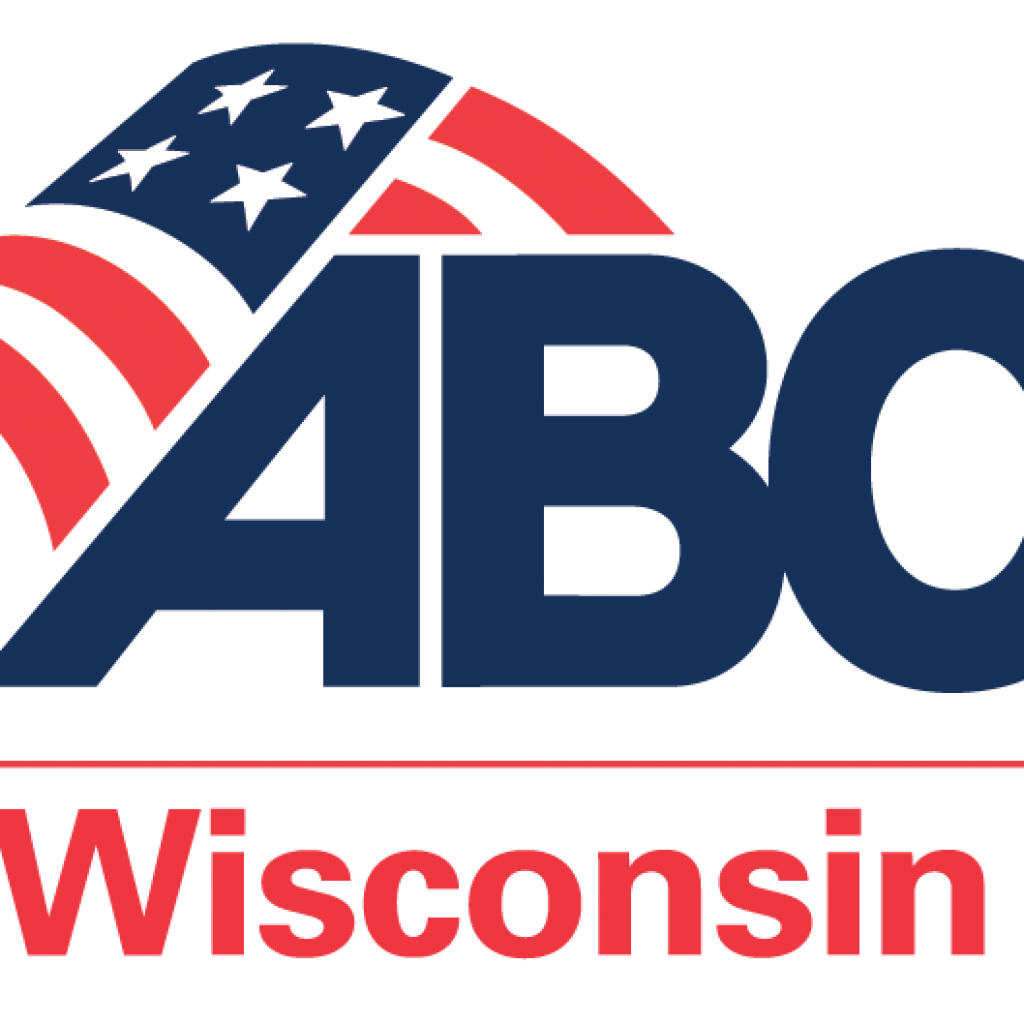By John A. Rubin, Attorney, von Briesen & Roper, s.c.
Summary
The American Rescue Plan Act will make funds available for utilization by state and local government in Wisconsin for a wide variety of construction and infrastructure projects. While project labor agreements are not mandated by ARPA for ARPA-funded contracts, the U.S. Department of Treasury has indicated that it is encouraging the use of project labor agreements. In certain circumstances—projects over $10 million—Treasury is imposing a certification component that a project labor agreement is being used. In the absence of a project labor agreement, Treasury will seek a great deal of information relating to wages and working conditions on the project. It is uncertain what, if anything, Treasury will do with the information.
Complicating matters, Wisconsin Act 3 broadly prohibits the use of project labor agreements by state and local government in Wisconsin. Therefore, we anticipate that state and local government will not be able to impose a project labor agreement on ARPA-funded contracts. However, for large projects over $10 million dollars, there may be reporting requirements that seek information about wages and working conditions on the project which mirror project labor agreement subjects.
Overview of ARPA funding
On March 11, 2021, President Biden signed the American Rescue Plan Act of 20021 (“ARPA”) into law. ARPA is a $1.9 trillion federal spending package intended to provide economic and other relief related to the Covid-19 pandemic. ARPA appropriates a total of $362 billion in Coronavirus State and Local Fiscal Recovery funding, which will provide direct payments to state, local, territorial and tribal governments. The funding is divided into four separate funds: the State Fiscal Recovery Fund (“SFRF”), the Local Fiscal Recovery Fund (“LFRF”), the Capital Projects Fund, and the Local Assistance and Tribal Consistency Fund. Generally, LFRF applies to local government, whereas SFRF applies to state government.
Under ARPA, state and local governments may use ARPA funds for a broad range of eligible uses under the following categories: (1) Public Health and Economic Impacts; (2) Premium Pay for Essential Workers; (3) Revenue Replacement for Government Services; and (4) Investments in Infrastructure. Funds will be available through December 31, 2024, and must be expended to cover obligations and all work must be completed by December 31, 2026.
State and local governments are able to use ARPA funds to enter into agreements with Wisconsin contractors to perform a wide variety of construction projects, such as maintenance or pay-go funded building of infrastructure, road projects, modernization of cybersecurity, and environmental remediation, as well as school or education services.
Additionally, ARPA funds may be broadly used by state and local government to invest and improve water and sewer infrastructure, as well as broadband high-speed internet. Wide latitude is given to state and local government to identify investments in water and sewer infrastructure that are of the highest priority for recipient communities. Eligible uses are generally aligned with the types or categories of projects that would be eligible to receive financial assistance through the Clean Water State Revolving Fund (CWSRF) or Drinking Water State Revolving Fund (DWSRF). Broadband infrastructure projects should focus on unserved or underserved areas, providing minimum speeds, where practicable, of 25 Mbps download and 3 Mbps upload.
COMPLICATING MATTERS, WISCONSIN ACT 3 BROADLY PROHIBITS THE USE OF PROJECT LABOR AGREEMENTS BY STATE AND LOCAL GOVERNMENT IN WISCONSIN.
Project Labor Agreements under ARPA
Projects Labor Agreements are agreements with labor unions that generally require all work performed on a project—including subcontractors—to be performed using union labor, under union contracts. Under the National Labor Relations Act, in the construction industry, such agreements are generally lawful “pre-hire” agreements. However, outside of the construction industry, such project labor agreements are generally unlawful.
The U.S. Department of Treasury, which is administering ARPA, has stated that project labor agreements are not mandated on ARPA-funded projects. However, Treasury does “encourage” the use of project labor agreements that use prevailing wage and local hire provisions.
While Treasury is not mandating the use of project labor agreements, in its latest Frequently Asked Question Guidance document, Treasury stated that it would be imposing strict requirements on ARPA projects over $10 million dollars.
Per this guidance, even though not mandated by ARPA, Treasury is requiring extensive reporting for infrastructure projects over $10 million, including certification that a project labor agreement is being used on the project, even in absence of statutory authority. If a project labor agreement is not being used, extensive additional information will need to be provided to allow Treasury to determine the local impact of the project on wages and working conditions, as well as a record-keeping component, as set forth below. It is uncertain how this information will be used by Treasury.
- The number of employees of contractors and sub-contractors working on the project;
- The number of employees on the project hired directly and hired through a third party;
- The wages and benefits of workers on the project by classification;
- Whether those wages are at rates less than prevailing;
- Recipients must maintain sufficient records to substantiate this information upon request;
- How the recipient will ensure the project has ready access to a sufficient supply of appropriately skilled and unskilled labor to ensure high-quality construction throughout the life of the project;
- How the recipient will minimize risks of labor disputes and disruptions that would jeopardize timeliness and cost-effectiveness of the project;
- How the recipient will provide a safe and healthy workplace that avoids delays and costs associated with workplace illnesses, injuries, and fatalities;
- Whether workers on the project will receive wages and benefits that will secure an appropriately skilled workforce in the context of the local or regional labor market; and
- Whether the project has completed a project labor agreement.
Project Labor Agreements in Wisconsin
On April 17, 2017, Wisconsin Act 3 was signed into law, prohibiting project labor agreements on state, state-assisted, and local construction projects. Specifically, state and local governments are prohibited from requiring a bidder to enter into an agreement with a labor organization, from considering, when awarding a contract, whether a bidder has or has not entered into an agreement with a labor organization, or requiring that a bidder enter into an agreement that requires the bidder or the bidder’s employees become or remain members of a labor organization or pay any dues or fees to a labor organization.
Therefore, although Treasury encourages the use of project labor agreements for ARPA-funded projects, project labor agreements are prohibited on state and local government contracts in Wisconsin. Local governments are encouraged to consider the friction between the ARPA guidance and Wisconsin’s prohibition on project labor agreements when utilizing ARPA funds and to seek out legal guidance where appropriate.












